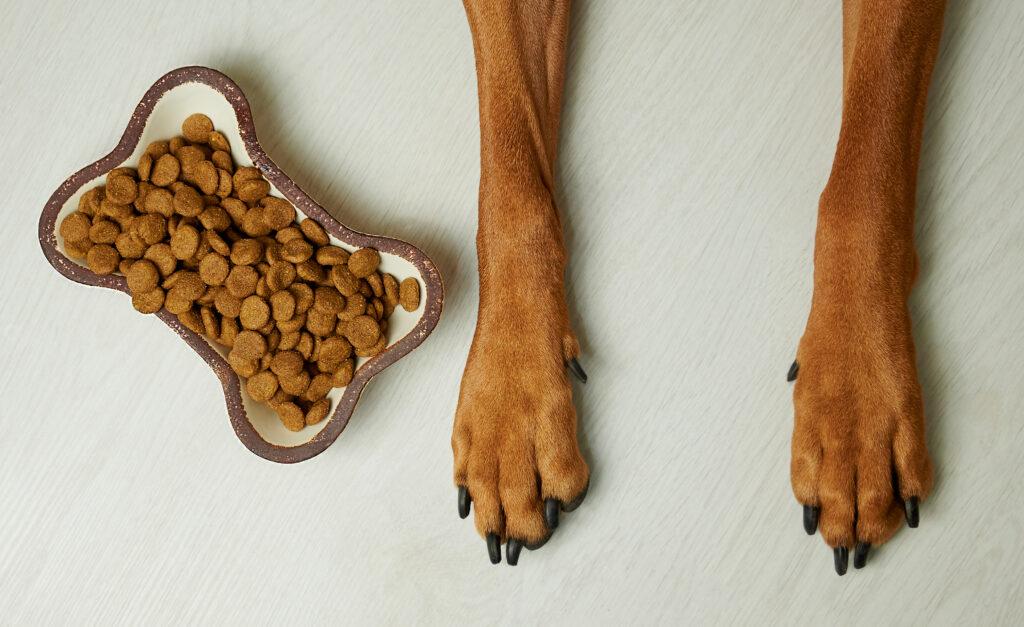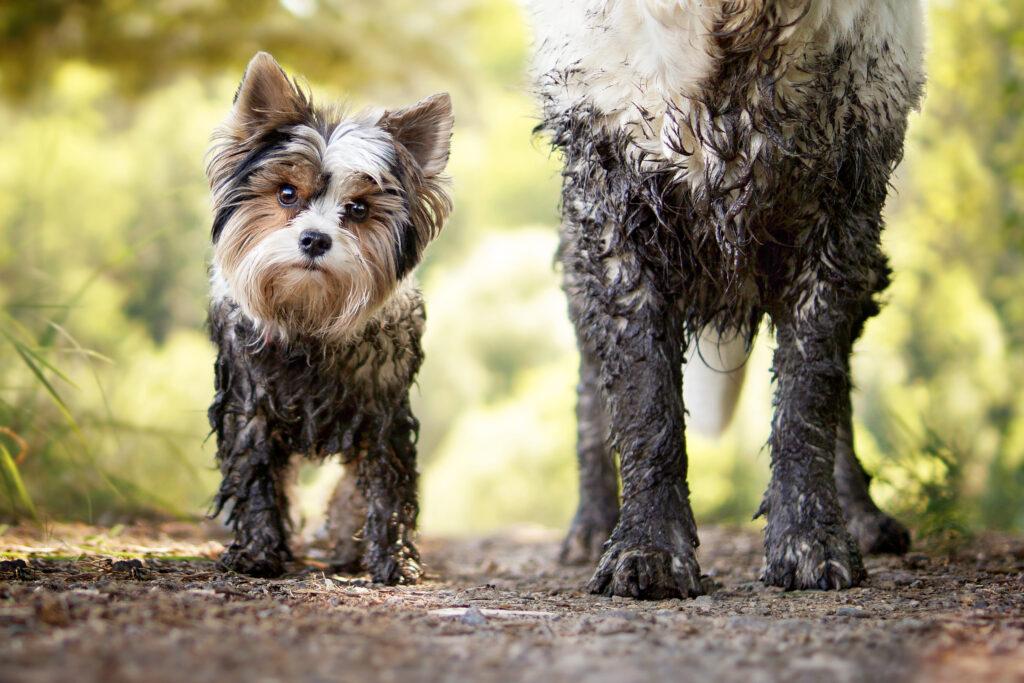Q: What are dewclaws?
A: A dewclaw is a non-weight-bearing toe on a dog’s paw located on the inside of the leg near the carpus (the wrist area). Dogs are typically born with two front dewclaws, but some may have one or more dewclaws on their hind limbs as well.
Dewclaws contain nerves, blood vessels and a nail that grows just like the other toenails. The dewclaw also typically contains bones and is firmly attached to the leg. It can be moved slightly by the animal. However, some dewclaws – especially the rear ones – contain no bones and may appear to dangle from the side of the leg. The nail will grow as normal, but there is no bony attachment to the limb, and the dewclaw is immobile. These are called detached dewclaws.
Many people argue that front dewclaws serve no purpose for dogs today. After all, dogs without dewclaws seem to be perfectly fine without them! However, while they are not essential, they can be pretty useful for many reasons. Firstly, dewclaws can help dogs dig, climb and hold objects or prey. Watch a dog handling a toy or treat, and you may notice that they use the dewclaws to stabilise the object. Also, when dogs run, their dewclaws make some contact with the ground and can serve to stabilise the carpus. Rear dewclaws are quite different and are considered vestigial structures that serve no function.
Dewclaws commonly cause no issue for dogs. However, there are situations where problems with the nail occur. Most commonly, dewclaws can grow too long, curl and grow into the skin of the paw pad. This causes pain, inflammation and often, infection. Dewclaws can also get caught on objects and bedding, especially if they are too long. If a toenail gets caught on something, it may tear the nail or even fracture the toe. Detached dewclaws are at the greatest risk of getting caught simply because they hang freely.
Most dewclaw problems can be avoided by checking the nails regularly and trimming the nails as required.



